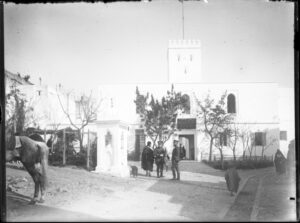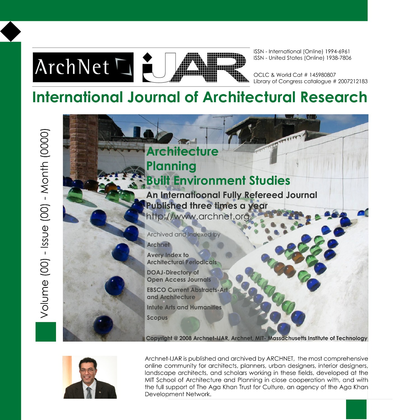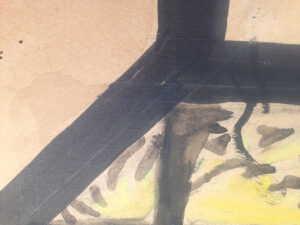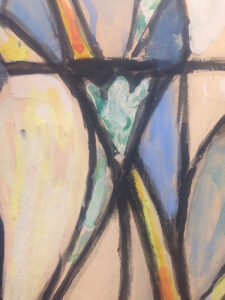 Terms like “virtual reality” and “augmented reality” have existed for a long time. In recent years, thanks to products like Google Cardboard and games like Pokemon Go, an increasing number of people have gained firsthand experience with these once-exotic technologies. The MIT Libraries are no exception to this trend. The Program on Information Science has conducted enough experimentation that we would like to share what we have learned and solicit ideas for further investigation.
Terms like “virtual reality” and “augmented reality” have existed for a long time. In recent years, thanks to products like Google Cardboard and games like Pokemon Go, an increasing number of people have gained firsthand experience with these once-exotic technologies. The MIT Libraries are no exception to this trend. The Program on Information Science has conducted enough experimentation that we would like to share what we have learned and solicit ideas for further investigation.
This discussion will present participants with a firsthand opportunity to not only to hear about the ongoing learning in the VR and AR space in the MIT Libraries, but to also witness some of these technologies in action – both for viewing and creating relevant content. A variety of data will be shared and collected during the discussion.
Matt Bernhardt is a web developer at the MIT Libraries with a wide-ranging interest in technology – including digital fabrication and data visualization. A graduate of the Knowlton School of Architecture at Ohio State, he has been interested in how physical spaces and shapes can be represented digitally since the days of Zork and Snow Crash.
Event Details
Location: E25-401
We will provide lunch, please bring your own drink and your questions.
Information Science Brown Bag talks, hosted by the Program on Information Science, consist of regular discussions and brainstorming sessions on all aspects of information science and uses of information science and technology to assess and solve institutional, social, and research problems. These are informal talks. Discussions are often inspired by real-world problems being faced by the lead discussant.






